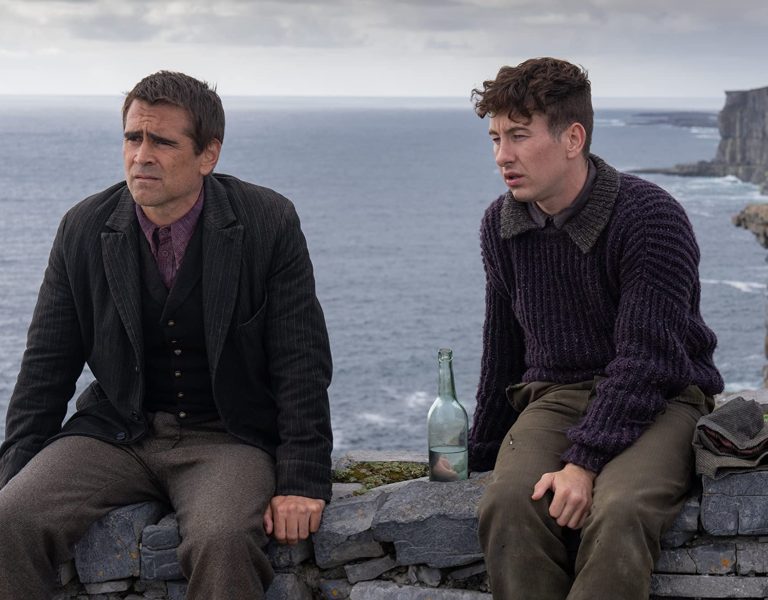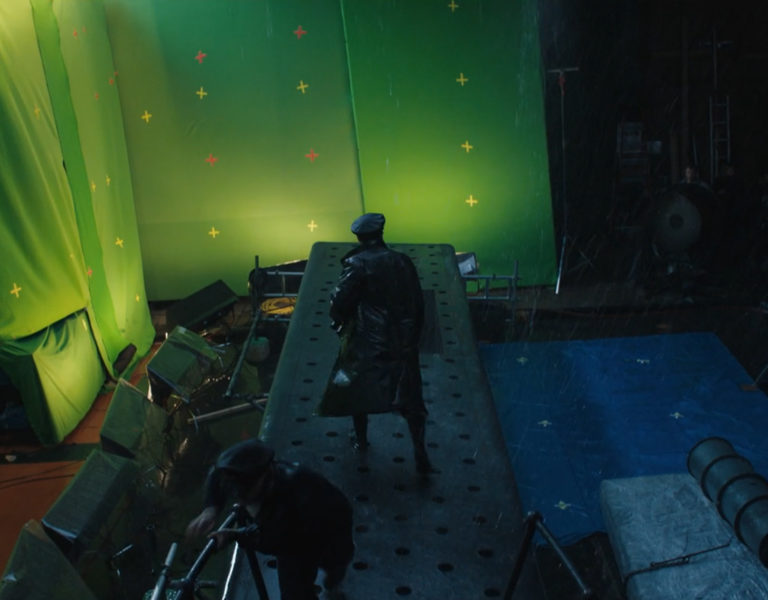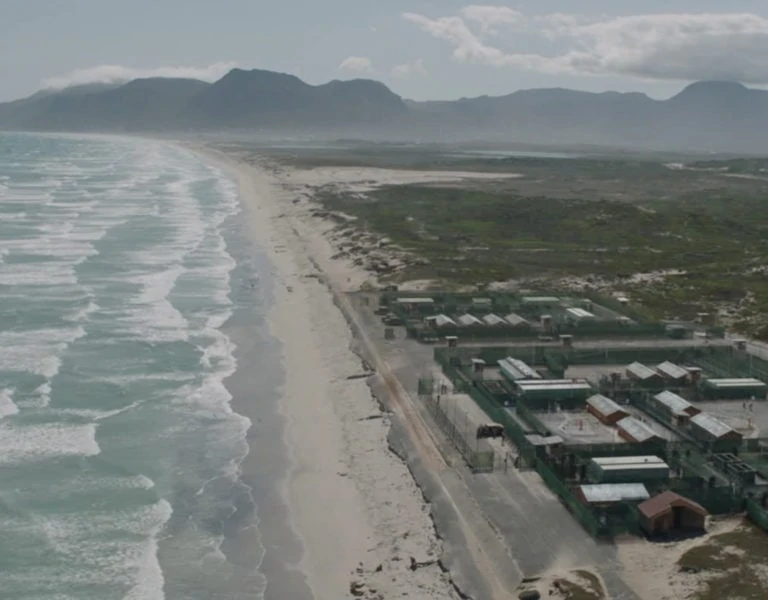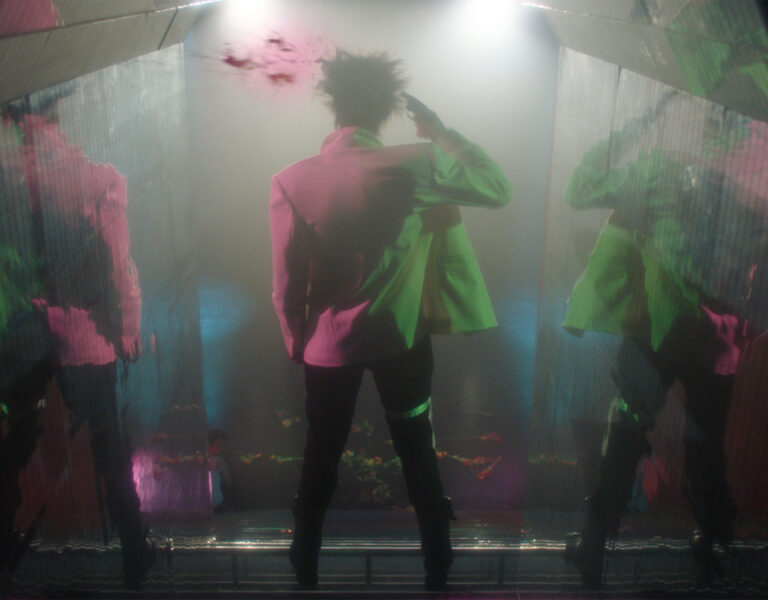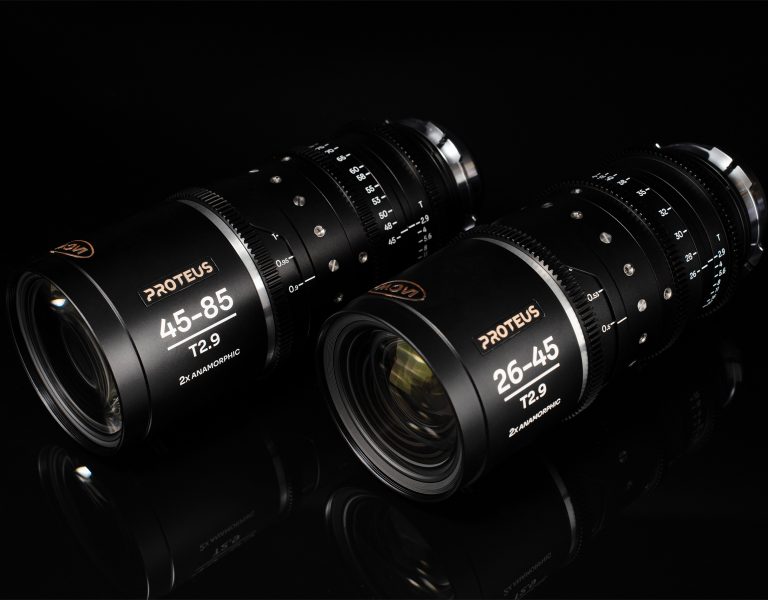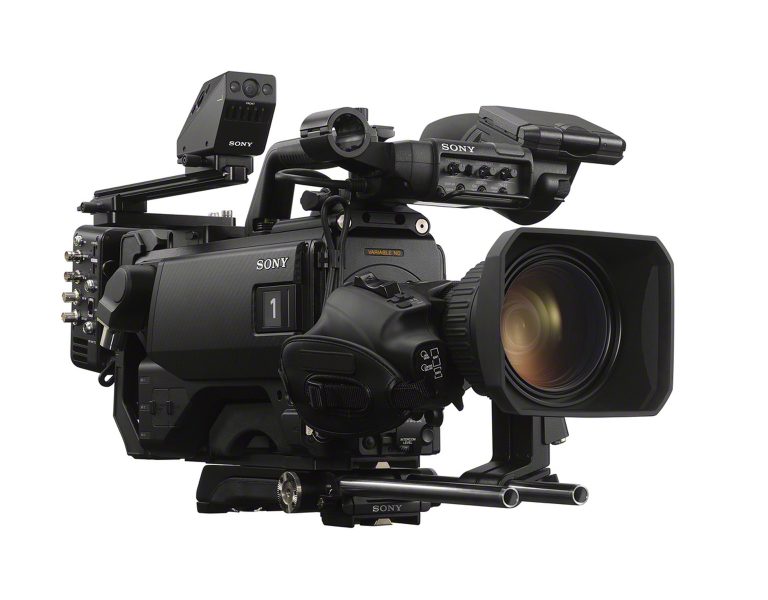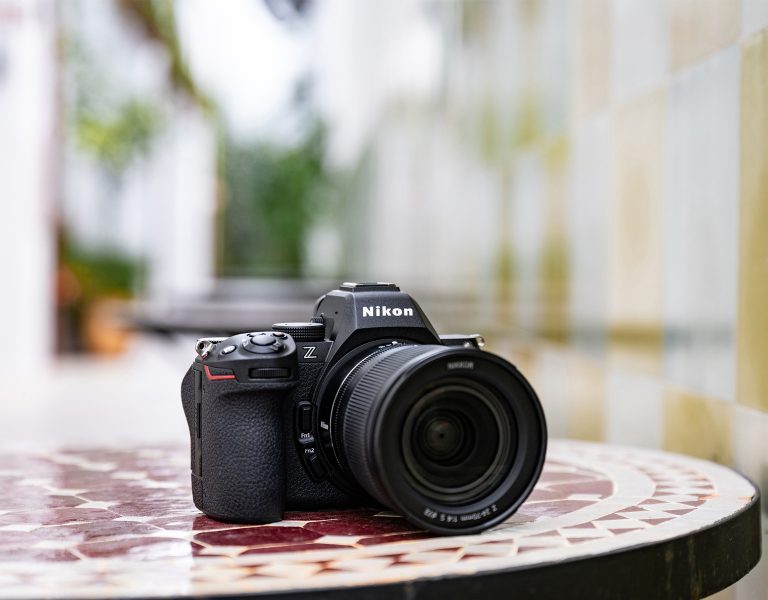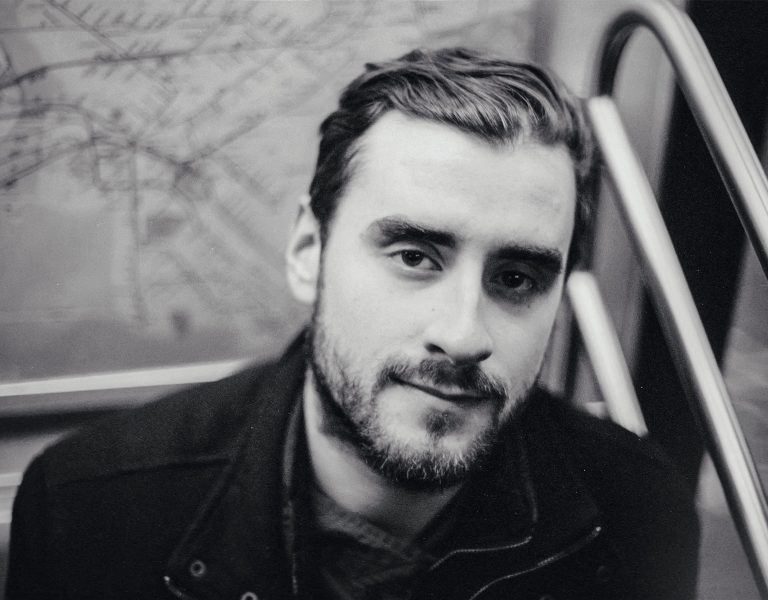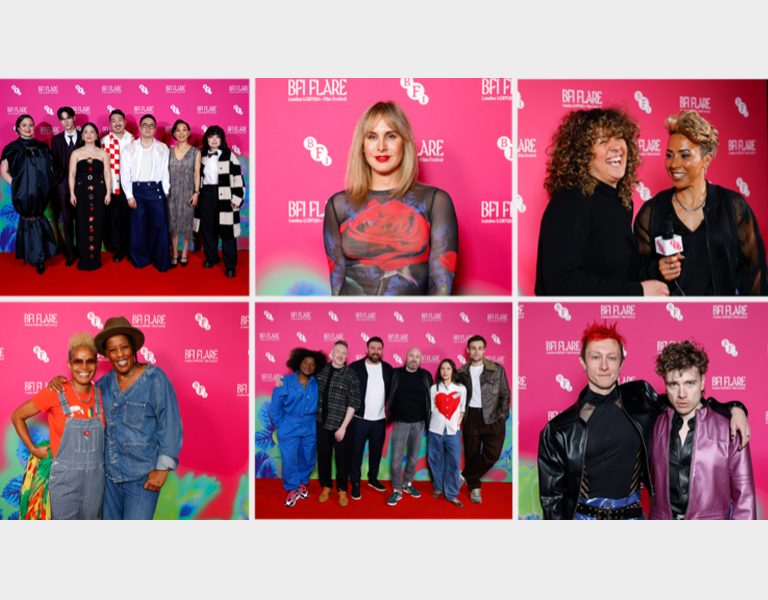
Fantastical creatures, surreal environments and a chaotic dreamworld provided ample opportunity for Union to flex their creative muscles in this Netflix series based on The Sandman comic books. Neil Gaiman collaborated with comic veterans David S. Goyer and Allan Heinberg to develop the show, which follows Dream, the personification of dreams and nightmares, as he sets out to right the wrongs of his past after being imprisoned for over a hundred years.
Visually, The Sandman is a phantasmagoria that takes in scenes of spectacular gothic architecture, brooding city streets, surreal dreamscapes and a fiery Hell dimension, as well as real-world locations that needed to look grounded and true-to-life.
Union tackled a wide variety of shot types that ranged from straightforward sequences based in the real world, to abstract scenes located in the world of the dreaming, as well as many shots that contained surreal elements but took place in reality.
For example, the Dream Palace corridor and The Dreaming CG environments had elements of the supernatural and existed in the Dream world, but needed to work with foreground plates and environments partly grounded in reality.
The endless meadow was less CG reliant and shot on location on a hillside, but needed to be transformed into a more surreal environment, so lines of CG cherry trees with falling blossoms were added, along with some other meadow enhancements.
In another sequence, the movement of a CG feather used for Dream’s summoning and capture had to be carefully finessed, finding the balance between the convincing physics of a falling feather, and the supernatural float and rise.
As the story takes place across multiple timelines, some of the scenes set in the real world required a lot of work to make them look like the correct time period. “The views across the Thames by the tavern in Episode 6 were shot against green screens and required extensive DMP/CG environments,” said Union VFX supervisor Dillan Nicholls. “These scenes took place across dramatically different time periods and required a lot of research, as well as a 2.5D build of the tavern through the ages. We needed to maintain a balance between making it recognisably the same location across the river, while also showing that area of London evolve over hundreds of years from green fields to present day Canary Wharf.”
This substantial work was Union’s biggest sequence on the show, and they in fact did most of the VFX in Episode 6. In some instances the team were given free reign creatively, in others they had to work within some tricky constraints. “Some of the transition shots had a very open brief, or in some cases the brief had changed since shooting so there was a lot of problem solving on these sequences, looking for solutions that worked aesthetically in the world of the show while also being technically achievable with the plates provided,” said Dillan.
Filming took place exclusively in the UK, so further DMP and CG work was required to make Hal’s house and the surrounding area look like Florida, and to make a driving scene with Corinthian and Jed look like it was taking place in Georgia.
On top of these larger sequences, Union supplied a plethora of smaller effects across the show including blood and gore enhancements; removing crew and modern elements; concepts, lookdev and comp for the Dream Palace CG corridors; location enhancements and preparation for the Dream capture sequence; Death’s wing shadows; lookdev and enhancements for the magical glow effect of Dream’s Ruby.
Union worked across all 11 episodes of S1, notching up a shot count of over 300. The Sandman is produced by Warner Brothers for Netflix and is available to stream now.




